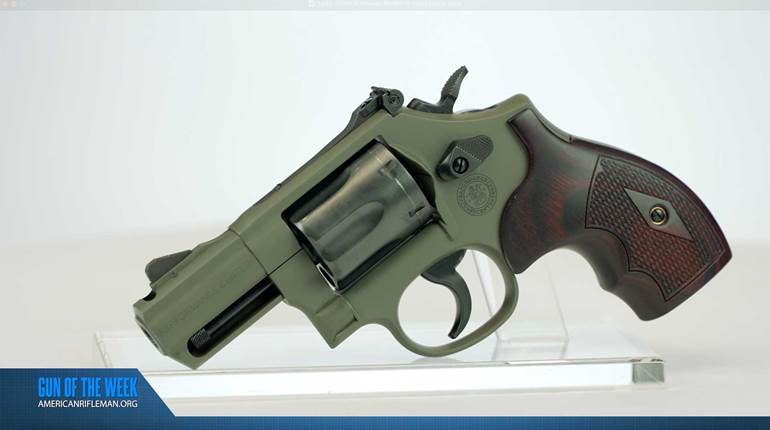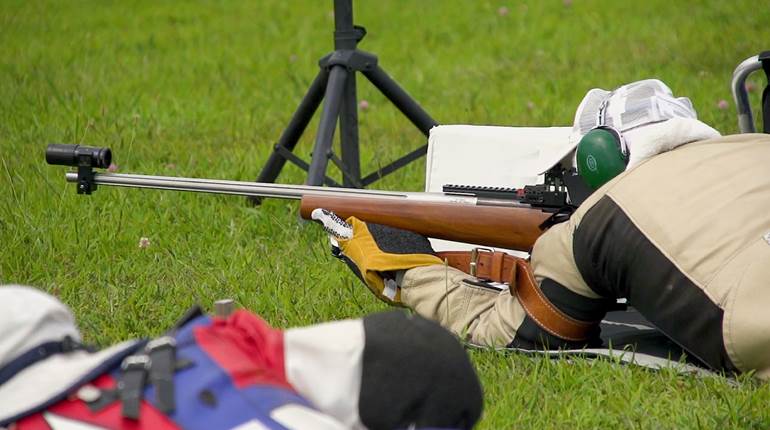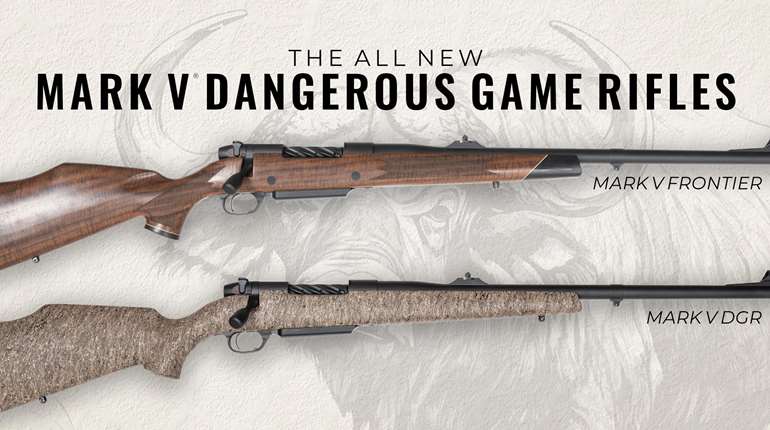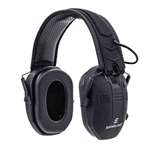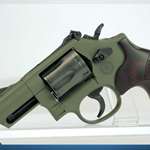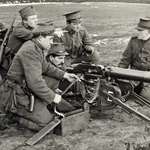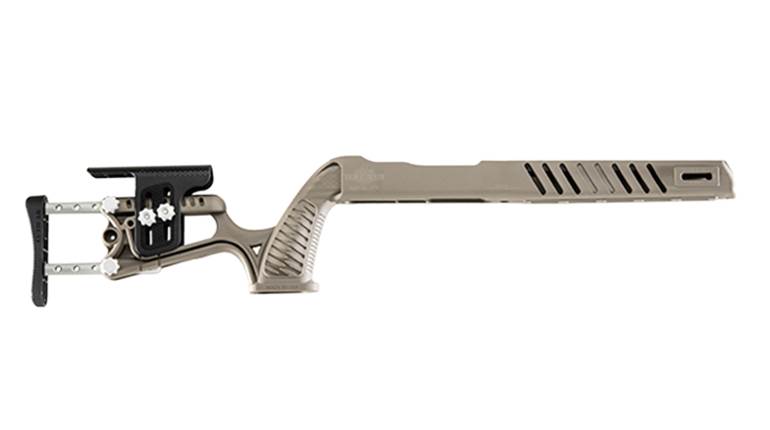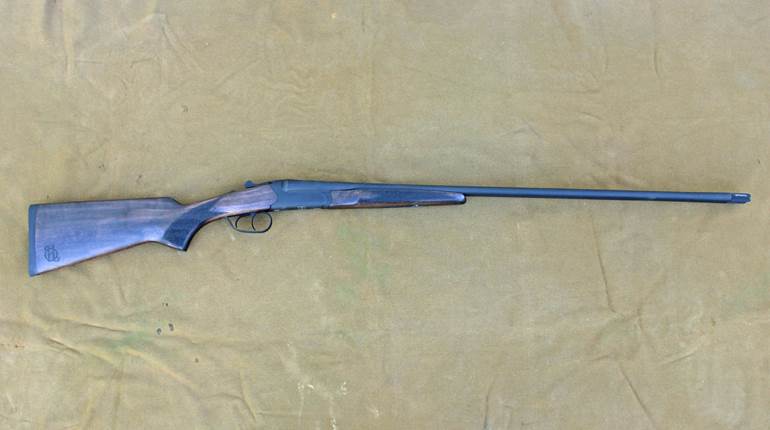Prior to the 1850s, the British military was still largely armed with a .75-cal. smoothbore musket, and despite a change from flintlock to percussion priming, the shoulder arm of the 1840s wasn't all that different from the flintlock Brown Bess made famous on the battlefields of the Napoleonic Wars in the early years of the 19th century. All of that changed with the Pattern 1851 Minié Rifle. Watch our "American Rifleman Television" I Have This Old Gun segment above to learn more about this pivotal rifle-musket.
"By the 1840s, it was becoming very apparent that the age of the smoothbore musket was over, and the idea is to arm all the soldiers with a rifle, with a percussion-capped shoulder arm," said Kenneth Smith-Christmas, American Rifleman field editor.

Much of the early innovation in rifle-musket technology emerged from France, where men like Henri-Gustave Delvinge, Louis-Etienne Thouvenin, Claude-Etienne Minié and others develop ways to speed up the loading of a rifled shoulder arm. Until the middle of the 19th century, the cumbersome, slow loading process for rifles meant that their military use was limited to specialty battalions of riflemen rather than issued en masse to average troops.
"One of the big things about military rifles was a problem that they were slow to load," said Garry James, American Rifleman field editor. "For a good number of years, 20 or 30 years before the '51 was actually developed, they were trying all sorts of different methods where they could load a sub-caliber bullet and make it expand. The French came up with some interesting ideas, and the British did as well. Ultimately, they came up with a hollow-based bullet, sub-caliber, that would expand into rifling."
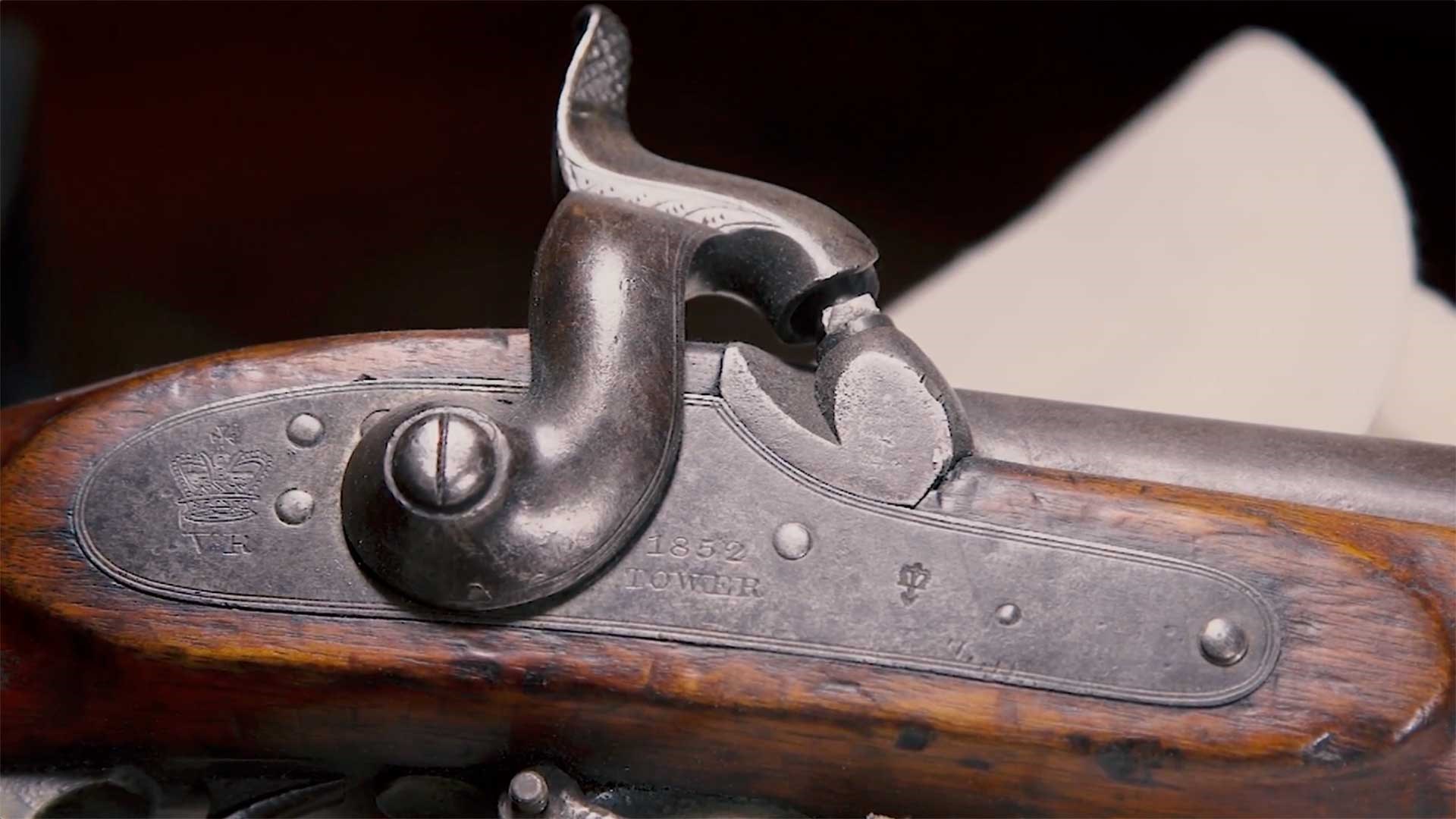
The British military trialed several unique designs emerging from France, ranging from unique firearms to specialty projectiles. Ultimately, the decision was made to incorporate several innovations into a new standard shoulder arm for the British military: the Pattern 1851.
"The British Pattern 1851 Minié Rifle is unquestionably the most important military rifle, not ever, but darn close to it," James said. "It was the first military rifle that was issued in large numbers to troops that allowed them all to be riflemen. In other words, rather than worrying about firing a smoothbore musket where you can maybe, if you were lucky, you know, hit somebody at 50 or 75 yards, all of a sudden, you became a rifleman that could actually achieve good hits at 300, 400, 500 and sometimes even 1,000 yards."
The Pattern 1851 Minié Rifle looked much the same as the .75-cal. Pattern 1842 musket, with the exception that its bore was rifled and was of a slightly smaller caliber. Despite this reduction in bore size, the Pattern 1851 was capable of using the standard service musket ball originally designed for the Pattern 1842. Despite the revolutionary nature of the Pattern 51, it wasn't without problems.
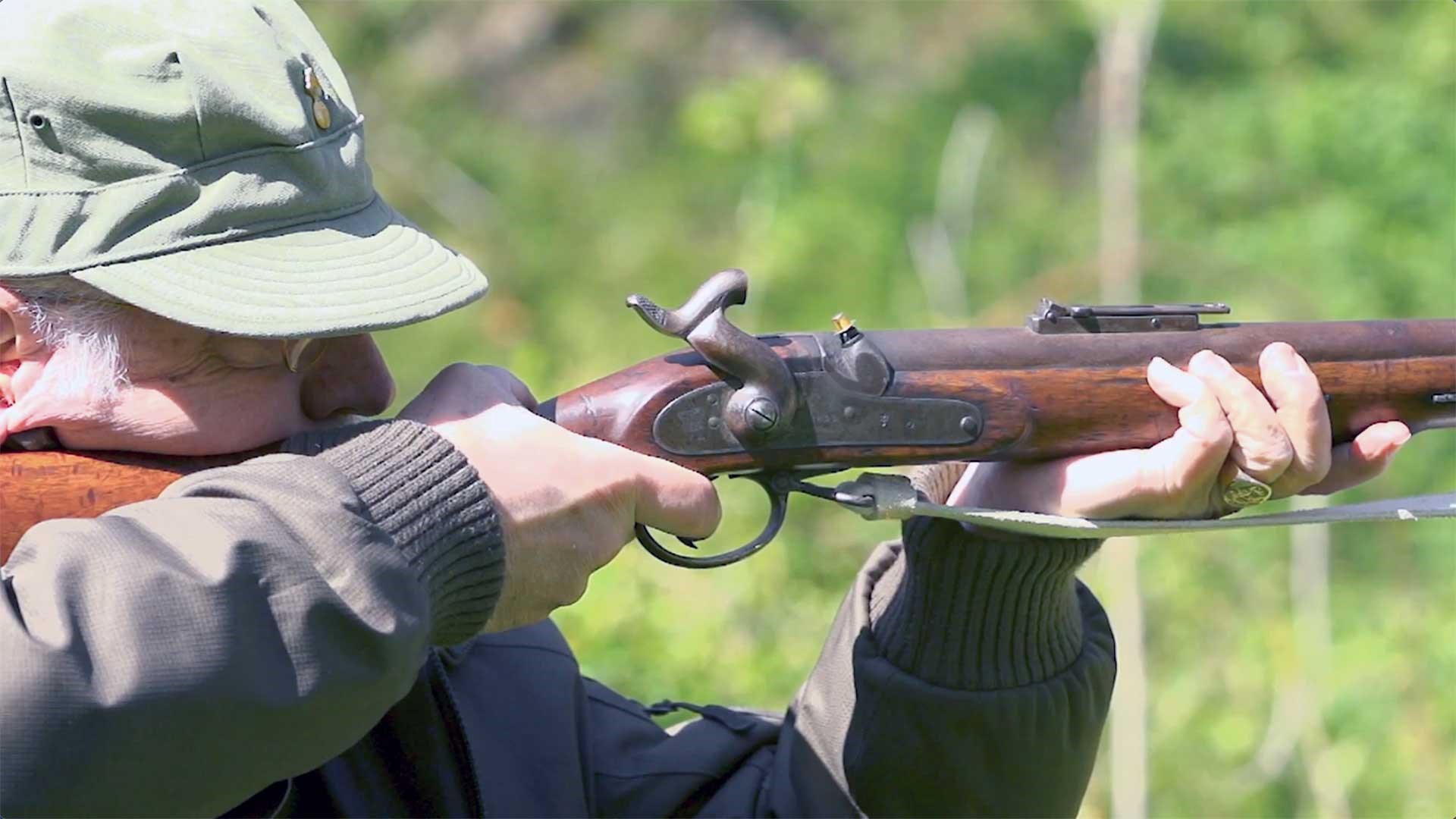
"The 1851 Minié Rifle was a technological marvel of its time, but it wasn't a perfect design. And in fact, in its earliest iterations, a lot of the problems that it faced had to do with the ammunition," American Rifleman Executive Editor Evan Brune said. "Wellington himself, before his death in 1852, he insisted that it be a large-bore gun. Of course, he defeated Napoleon with the .75-cal. Brown Bess, and he'd be damned if the British military was gonna be equipped with anything smallbore. And so the compromise they came up with was a .70-cal. bore. This was an imperfect solution because the conoidal projectiles designed for the Minié Rifle were just a little too snug in the bore."
To address these issues, a slightly smaller .69-cal. projectile was designed to work with the .70-cal. Pattern 1851, and the Minié Rifle went on to see service with British regiments during the Crimean War. Even though it performed admirably against Russian cavalry on the fields of Inkerman and Balaclava. Ultimately, the experiments that led to the development of the Pattern 1851 also led to its demise, as it was supplanted by the superior Pattern 1853 rifle-musket.
"You know, it was sort of the granddaddy of the British military rifle-musket," said NRA Publications Editorial Director Mark Keefe. "I mean, it was the progenitor. This is the gun that set things in motion that led to the Pattern 1853."
To watch complete segments of past episodes of American Rifleman TV, go to americanrifleman.org/artv. For all-new episodes of ARTV, tune in Wednesday nights to Outdoor Channel 8:30 p.m. and 11:30 p.m. EST.
